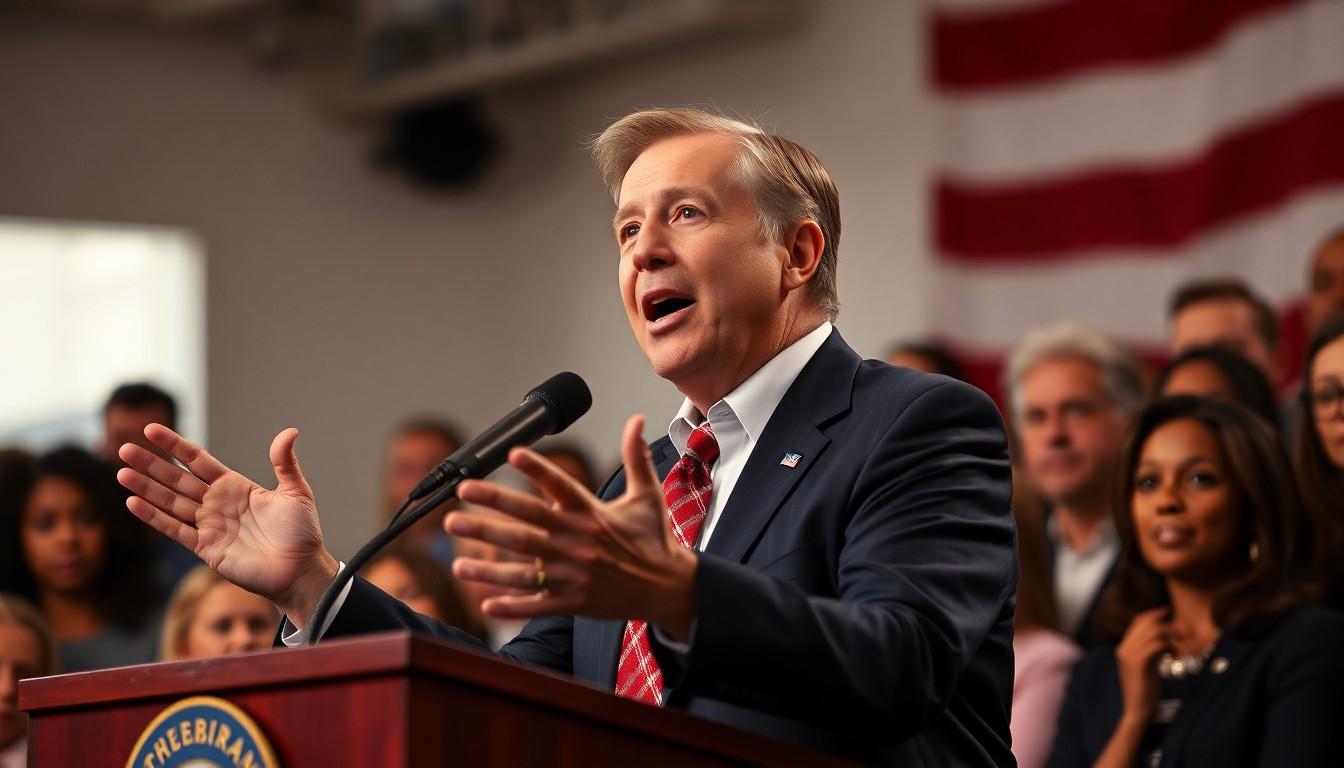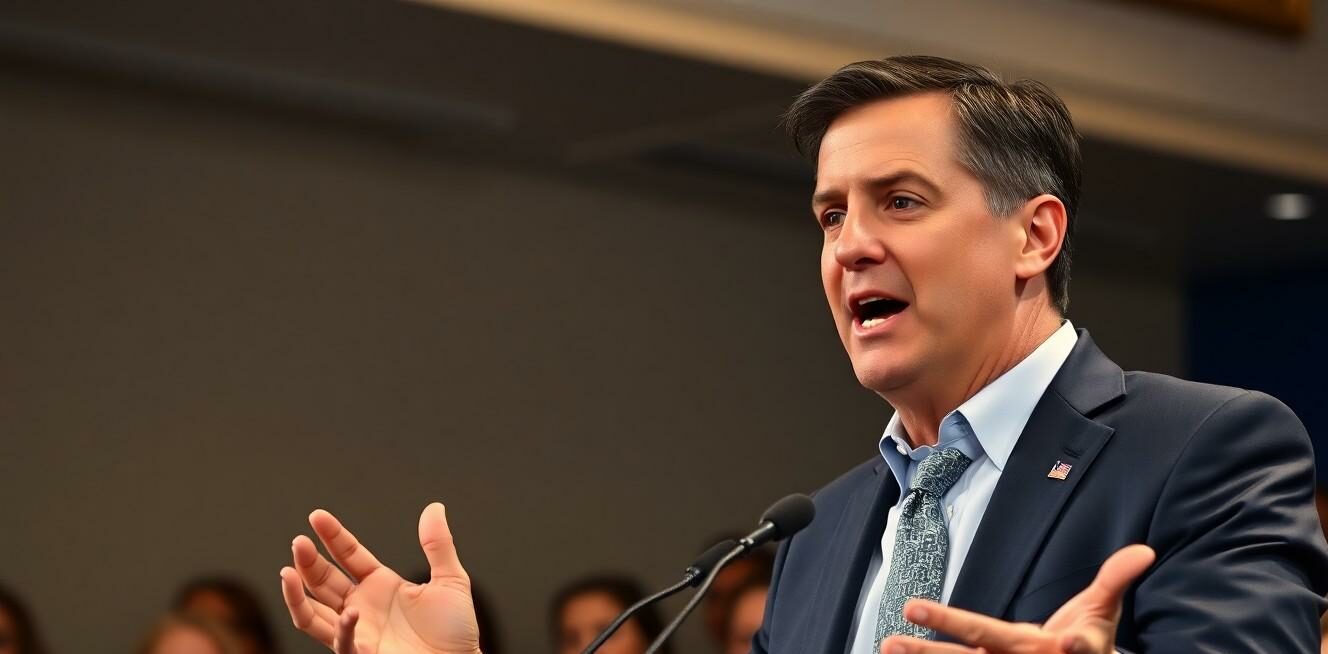In the world of politics, where the stakes are high and the drama is even higher, “political flare” takes center stage. It’s that captivating spark that transforms a mundane speech into a rallying cry and a dull debate into a theatrical showdown. Whether it’s a well-timed quip or an impassioned gesture, political flare is the secret sauce that keeps audiences engaged and opponents on their toes.
Overview of Political Flare
Political flare refers to the dynamic and compelling elements that enhance political discourse. This concept significantly enhances speeches and debates by engaging the audience more effectively. Techniques such as humor, dramatic pauses, and passionate gestures draw listeners in, ensuring they remain attentive. Politicians often use political flare to underscore key points, making arguments more memorable.
Audience reactions play a crucial role in the effectiveness of political flare. When a politician successfully captivates an audience, it creates a memorable connection that resonates long after the speech ends. In political contexts, this connection can influence public perception and voter engagement. Captivating performances encourage individuals to feel more aligned with a candidate’s message.
In addition to speeches, political flare can manifest in debates. Here, quick wit and responsive body language serve to showcase confidence. High-stakes moments often benefit from well-placed humor or rhetorical questions, keeping opponents on their toes. Those who master these techniques can claim the spotlight and shift perceptions during critical exchanges.
Ultimately, political flare acts as a vital tool for politicians aiming to convey messages persuasively. The ability to communicate passionately and engagingly ensures that political figures maintain relevance in a crowded landscape. Mastering this art can make the difference between a forgettable talk and an impactful moment that inspires action and commitment.
Key Characteristics of Political Flare

Political flare includes several key characteristics that enhance engagement and effectiveness in political discourse.
Emotional Appeal
Emotional appeal stands as a fundamental aspect of political flare. It connects audiences to the speaker on a personal level, allowing for a deeper understanding of the issues discussed. Politicians often share personal stories or anecdotes, evoking feelings such as empathy or anger. By tapping into these emotions, a politician can inspire action or rally support. Materializing genuine emotions helps create memorable moments, resonating with voters long after the event. In turn, these emotional connections can influence public opinion, making a significant impact on election outcomes.
Persuasive Techniques
Persuasive techniques are essential to mastering political flare. These strategies include effective use of rhetoric, such as repetition and parallelism, which help emphasize key messages. Captivating visuals or anecdotes can further enhance a message’s impact. Many politicians employ humor to address sensitive topics, disarming their audience and promoting relatability. Engaging body language, like eye contact and open gestures, reinforces confidence and transparency. Additionally, sound bites or memorable phrases assist in capturing attention, making the content shareable and quotable.
Historical Context of Political Flare
Political flare has roots in various historical moments that shaped its current role in politics. Understanding these moments offers insights into how politicians engage their audiences effectively.
Case Studies
Several case studies illustrate the impact of political flare. Franklin D. Roosevelt’s Fireside Chats showcased the power of personal connection through intimate radio broadcasts during the Great Depression. Barack Obama’s 2008 campaign used social media to amplify relatable messaging, appealing to younger voters. Donald Trump’s unconventional style drew attention and generated strong reactions, highlighting how political flare can disrupt traditional norms. Each case demonstrates how effective communication strategies resonate with the public.
Evolution Over Time
The evolution of political flare reflects changes in communication methods and public expectations. In the early 20th century, speeches relied heavily on rhetoric and grand gestures. Television introduced a visual element that shifted focus to appearance and body language, making charisma essential. The digital age brought social media into play, demanding concise messaging and instant engagement. Modern politicians adapt to these trends, focusing on authenticity and relatability. Adapting political flare ensures effective outreach in an increasingly dynamic political landscape.
Impact of Political Flare
Political flare significantly influences political outcomes and public engagement. Techniques employed can shape the effectiveness of communication in politics.
Media Influence
Media platforms amplify the effect of political flare. News outlets often highlight charismatic moments from speeches, increasing their reach and impact. Viral clips from debates showcasing humor or strong emotional appeals garner widespread attention. Social media, in particular, serves as a powerful vehicle for political flare to spread rapidly to diverse audiences. Engaging content attracts shares and discussions, influencing the political narrative. Politicians who master media engagement can create memorable moments that resonate across various platforms.
Public Perception
Public perception hinges on the effectiveness of political flare. Candid moments, infused with humor or passion, create emotional connections with audiences. These connections often translate to increased trust and relatability. Voters frequently remember striking speeches or debates long after they occur, helping to shape opinions on candidates. Engaging rhetoric and memorable phrases can crystallize a politician’s message in the public’s mind. Charisma displayed through political flare can enhance a politician’s image, presenting them as approachable and in tune with the populace.
Conclusion
Political flare is more than just a performance; it’s a vital component of effective political communication. By harnessing the power of emotional appeal and engaging techniques, politicians can create memorable moments that resonate with audiences. The evolution of political flare reflects the changing landscape of communication and public expectations.
As media continues to amplify these captivating elements, the importance of mastering political flare cannot be overstated. Politicians who effectively connect with their audiences through humor, storytelling, and dynamic delivery are more likely to inspire action and foster trust. In today’s fast-paced political environment, embracing political flare is essential for anyone looking to make a lasting impact.

